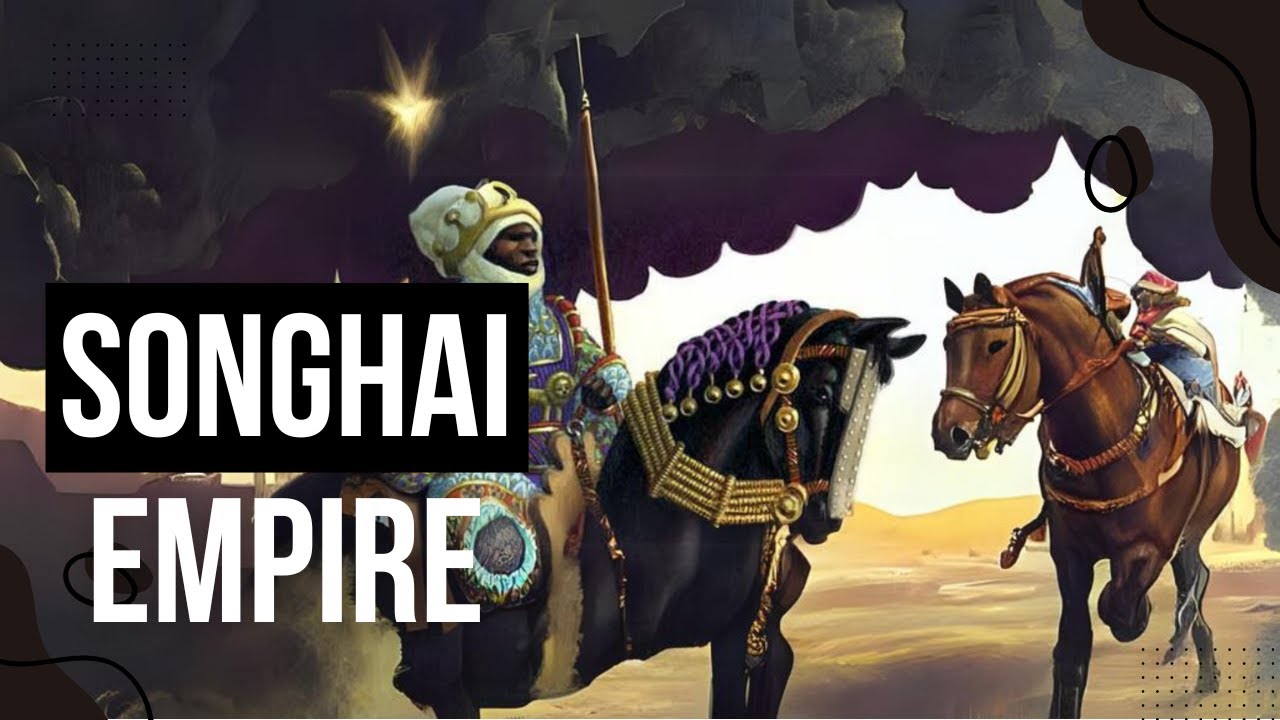The hidden treasures of Timbuktu - Elizabeth Cox
Summary
TLDRThe video explores the rich history of Timbuktu, once a thriving center of trade and learning in West Africa. Founded around 1100 CE, the city grew wealthy through salt and gold trade and became an intellectual hub during the reign of the Songhai Empire. Timbuktu's ancient manuscripts, covering topics from Islam to science, have faced threats from war, colonization, and environmental challenges. Despite centuries of conflict, local families protected the priceless texts, safeguarding the region's history. Efforts continue to preserve these manuscripts, which remain vital to understanding pre-colonial Africa.
Takeaways
- 📚 Timbuktu citizens buried their ancient books to protect them, hiding them in the desert and caves.
- 🏜️ Timbuktu was founded around 1100 CE in present-day Mali as a modest trading post, but its location made it a key trading hub.
- 💰 By the late 1300s, Timbuktu became wealthy from gold and salt trade, attracting scholars and intellectuals.
- 👑 The Songhai Empire conquered Timbuktu in 1468, but intellectual life later flourished under King Askia Mohammed Toure.
- 🕌 Timbuktu's scholars studied both Islam and secular topics like mathematics and philosophy, producing influential works.
- ✍️ The city's manuscripts, written in Arabic and local languages, were adorned with intricate designs and became highly valuable.
- ⚔️ Timbuktu's golden age ended abruptly in 1591 when Moroccan forces captured the city and imprisoned scholars.
- 📖 Despite successive invasions and colonial rule, the literary tradition of Timbuktu survived, with families secretly preserving manuscripts.
- 🌍 From the 1980s, scholar Abdel Kader Haidara worked to recover hidden manuscripts and protect them from war and environmental threats.
- ❓ The future of Timbuktu's manuscripts remains uncertain as they face ongoing risks, but they hold essential knowledge about pre-colonial Africa.
Q & A
What was the primary reason citizens of Timbuktu hid their ancient books in the desert?
-The citizens of Timbuktu hid their ancient books in the desert to protect them from warlords, conquerors, and invaders who could destroy or confiscate them, as these manuscripts were considered more valuable than gold.
Why was Timbuktu's location important for its development as a rich and intellectual center?
-Timbuktu's location at the intersection of two major trade routes—one bringing salt across the Sahara and the other bringing gold from the African interior—allowed it to grow wealthy and attract scholars and traders from various regions.
What role did the Mali Empire play in the rise of Timbuktu as a center of learning?
-The rulers of the Mali Empire, after accumulating wealth from trade routes, invested in building monuments and academies, which attracted scholars from places like Egypt, Spain, and Morocco, fostering Timbuktu's development as a center of learning.
How did Askia Mohammed Toure's reign contribute to a 'golden age' in Timbuktu?
-Askia Mohammed Toure reversed the destructive policies of his predecessor and promoted intellectual and cultural growth in Timbuktu, encouraging the study of Islam and secular topics such as mathematics and philosophy.
What types of manuscripts were produced in Timbuktu, and what subjects did they cover?
-The manuscripts produced in Timbuktu covered a wide range of subjects, including Islam, mathematics, philosophy, history, science, and poetry. They were written in Arabic and local languages, adorned with calligraphy and intricate designs.
Who was Ahmed Baba, and what was his significance in Timbuktu’s intellectual culture?
-Ahmed Baba was a prominent scholar in Timbuktu who challenged prevailing ideas on subjects such as smoking and slavery. His works are important in understanding the intellectual and cultural landscape of the city during its golden age.
How did the Moroccan invasion in 1591 affect Timbuktu's intellectual and cultural heritage?
-The Moroccan invasion led to the imprisonment of scholars like Ahmed Baba and the confiscation of their libraries, effectively bringing an abrupt end to Timbuktu's golden age and causing the dispersal or destruction of many valuable manuscripts.
What challenges have Timbuktu's manuscripts faced in recent centuries, and how have they been preserved?
-Timbuktu's manuscripts have faced destruction from conquerors, environmental degradation, and the lack of local knowledge of Arabic due to French colonial education. However, families and scholars secretly preserved them by hiding them in caves, gardens, or secret libraries.
What efforts were made in the 1980s and early 2000s to recover Timbuktu's hidden manuscripts?
-Timbuktu scholar Abdel Kader Haidara worked tirelessly from the 1980s to the early 2000s to retrieve hidden manuscripts from all over northern Mali and return them to Timbuktu, helping preserve these invaluable works of history.
Why are Timbuktu's manuscripts considered so important for understanding pre-colonial African history?
-Timbuktu's manuscripts are among the best and sometimes the only sources of pre-colonial African history. Many contain knowledge that has not been studied by modern scholars, making them crucial for understanding the region's intellectual and cultural past.
Outlines

Esta sección está disponible solo para usuarios con suscripción. Por favor, mejora tu plan para acceder a esta parte.
Mejorar ahoraMindmap

Esta sección está disponible solo para usuarios con suscripción. Por favor, mejora tu plan para acceder a esta parte.
Mejorar ahoraKeywords

Esta sección está disponible solo para usuarios con suscripción. Por favor, mejora tu plan para acceder a esta parte.
Mejorar ahoraHighlights

Esta sección está disponible solo para usuarios con suscripción. Por favor, mejora tu plan para acceder a esta parte.
Mejorar ahoraTranscripts

Esta sección está disponible solo para usuarios con suscripción. Por favor, mejora tu plan para acceder a esta parte.
Mejorar ahoraVer Más Videos Relacionados
5.0 / 5 (0 votes)






